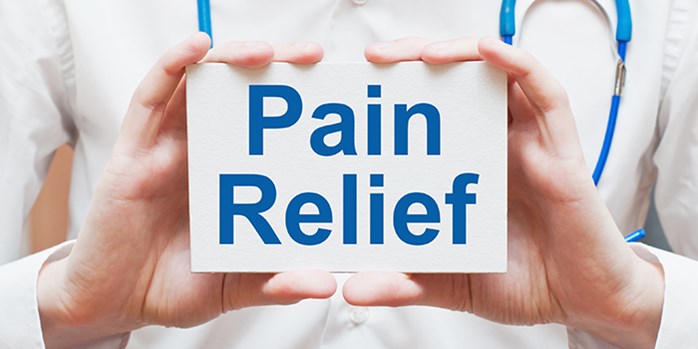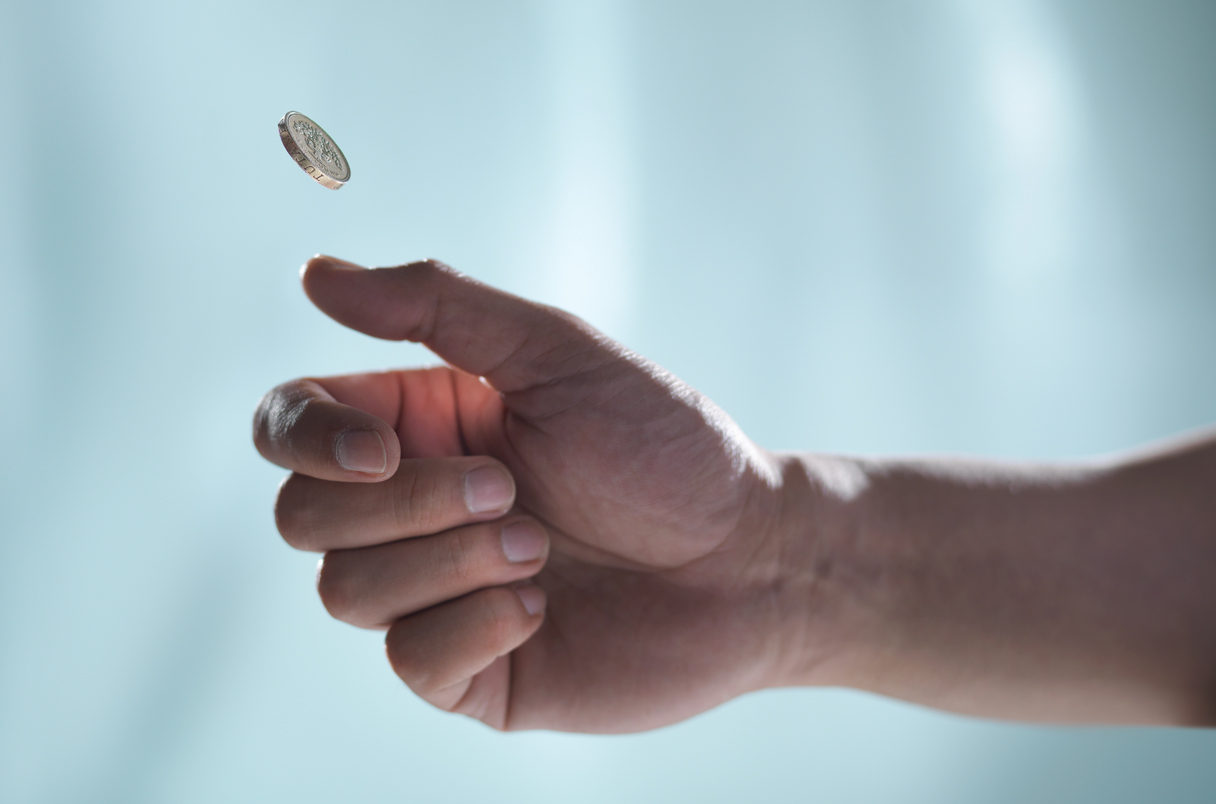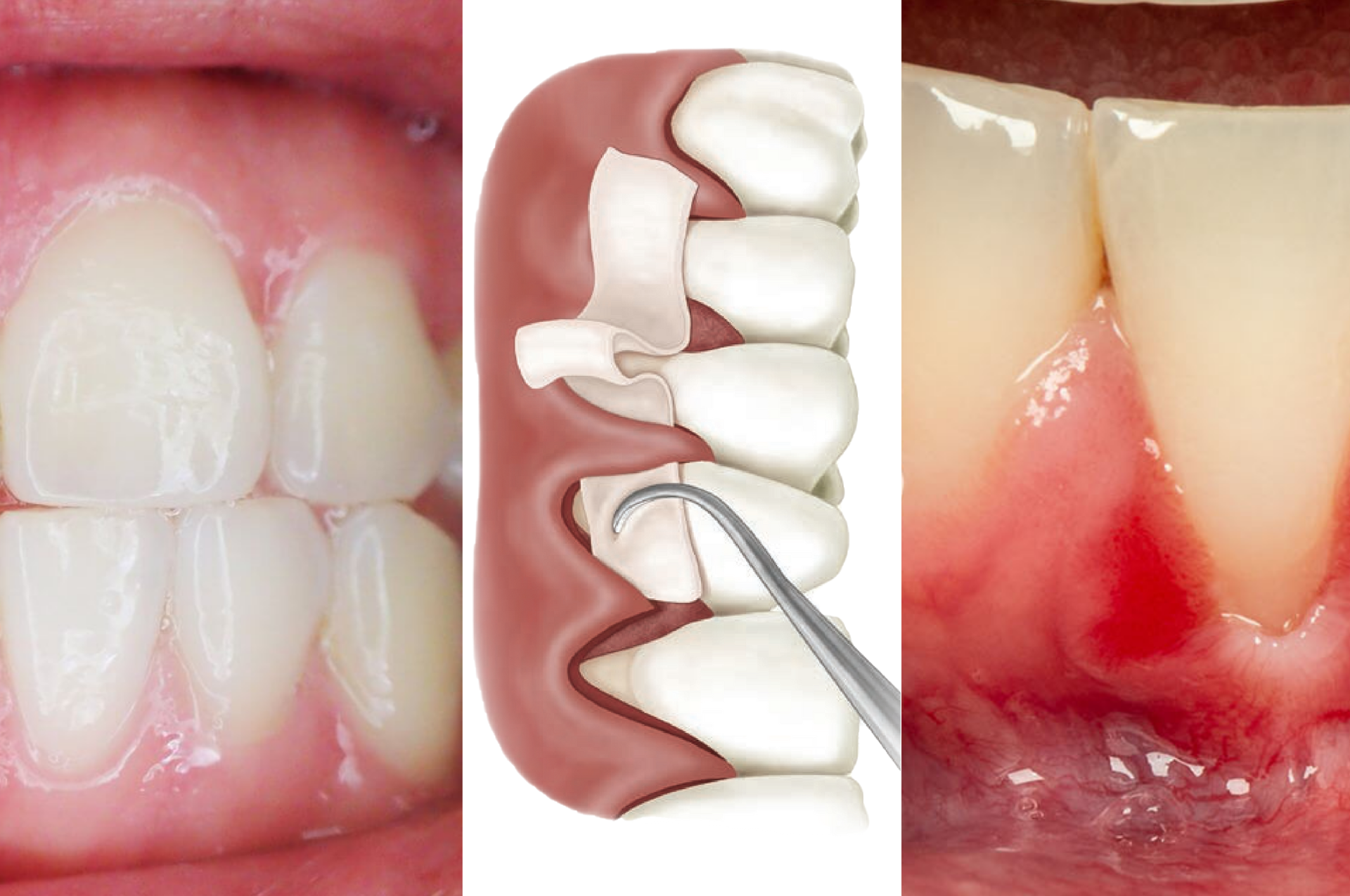In an era where we are infinitely committed to health and wellness, non-medical therapies are gaining traction as viable solutions for managing pain. The gradual shift from prescribing pills for pain relief towards exploring therapies that engage both body and mind is a fascinating, yet a widely appreciated reality today. People look for fellow feeling, compassion, and holistic treatments to relieve them from pain, and such relatively new approach to health is opening a world of opportunities for pain management.
The need for alternatives to traditional medication for pain management arises for a multitude of reasons. Not all patients respond positively to medication, and the side effects of prolonged usage can be quite significant. Independence from the pain relief medications allows for a more holistic approach to health without the prospect of dependency or overuse. Varieties of non-medical therapies, although as old as human civilization, are being rediscovered as sophisticated tools of pain management.
Understanding Pain
Pain, while a universally experienced sensation, is multifaceted and complex. Chronic pain, such as that experienced with conditions like arthritis, can persist for months or even years. Acute pain, on the other hand, is temporary and usually results from a specific, identifiable cause like an injury or surgery. Paintypes like chronic or acute pain, neuropathic pain, visceral pain and so on have different characteristics and affect the body in diverse ways.
The science behind pain is equally complex. The human body perceives and reacts to pain via an intricate system of nerves and signals within the central nervous system. This pain signaling system helps protect the body by alerting it to potential harm and triggering immediate responses like reflex withdrawal. However, chronic or persisting pain occurs when this protective system becomes overactive or dysfunctional, causing discomfort and distress.
Yoga: The Pathway To Pain Relief
Originating from the ancient Indus-Sarasvati civilization of Northern India over 5,000 years ago, Yoga is a traditional method of uniting the mind, body, and spirit. With a rich philosophical background underpinning its contemporary practices, Yoga offers not just exercise, but a holistic approach to well-being.
Scientific studies and real-life testimonies solidify Yoga's role in pain relief. Focusing on breath control, meditation, and specific body postures, Yoga can help alleviate physical pain in diverse areas across the body. For instance, “[Bridge Pose](https://www.yogajournal.com/poses/bridge-pose/)” can help alleviate back pain while “[Child’s Pose](https://www.yogajournal.com/poses/child-s-pose)” provides relief for neck and shoulder tension.
Kelly, a 45-year-old Australian yoga practitioner, shares her journey of managing her chronic back pain through yoga. Over a span of two years, Kelly transitioned from being almost-bedridden due to acute pain, to a self-dependent person performing her daily chores with no difficulty. This yoga enthusiast credits her pain-free life today to consistent yoga practice.
Tai Chi: An Ancient Art For Modern Pain
Tai Chi, a Chinese martial-art form, invites attention for its therapeutic benefits. Originally developed for self-defense, its slow, mindful movements evolve as a unique form of exercise fostering flexibility, balance, and inner peace.
Studies often associate Tai Chi with pain relief for conditions like osteoarthritis, fibromyalgia, and lower back pain. Its gentle, low-impact movements promote strength, flexibility, and balance, facilitating overall well-being and pain alleviation. For example, the “Wave Hands Like Clouds” pose is prominent for relieving neck pain, while “Drawing the Bow” helps with back pain.
61-year-old Jason from Sydney has been practicing Tai Chi for over 15 years and credits it to his well-managed arthritis. By incorporating Tai Chi into his daily routine, he has naturally minimized the need for medication, reinforcing that ancient arts can offer modern pain solutions.
Other Non-Medical Therapies: From The Conventional To The Unconventional
Different types of non-medical therapies exist, including conventional ones like acupuncture, physiotherapy, and massage - and emerging or less-known ones. Forest Bathing, as the name implies, uses the therapeutic potential of nature, immersing oneself in the serenity of forests for healing and well-being. Art Therapy uses the process of creating and viewing art, promoting emotional release and stress relief.
While these therapies display efficacy in managing specific types of pain, they are not universal solutions. Their benefits depend on factors like individual health conditions, lifestyle, and personal preferences. It's also important to recognize and respect their limitations. Professional guidance is always recommended when choosing and beginning any therapy.
Digging Deeper: Pain Management Success Stories
Looking at successful pain management stories, Sarah, a renowned Australian artist, personifies the gifts of art therapy. Experiencing migraines since her teenage years, Sarah found solace in painting. Her migraine episodes reduced drastically when she started expressing emotions through her brushes.
Another inspiring story comes from Phil, a 78-year-old retiree residing in Melbourne, with chronic lower back pain. After reluctantly joining a group of seniors practicing Forest Bathing, Phil found a significant decrease in his pain levels and a renewed sense of vitality, indicating the therapeutic powers of nature.
Understanding The Risks And Precautions
While non-medical therapies offer many benefits, they may also pose risks. For instance, improper technique in yoga or Tai Chi practice can result in injuries. Therefore, professional guidance is recommended. Those with chronic health conditions should always consult a healthcare provider before starting any new therapy.
Likewise, unconventional therapies are not universally proven; their effectiveness varies from person to person. Avoid substituting proven conventional treatments entirely unless discussed with a healthcare professional. Remember, any non-medical therapy should be part of a broader comprehensive wellness and treatment plan.
Getting Started: Tips For Starting Your Pain Management Journey
Starting your journey towards non-medical pain management should be a well-thought-out process. Begin by researching different therapies, their effectiveness for your pain type, and associated risks. Listen to testimonials by people who have undergone the same condition and treatment.
Seek professional advice to understand if a particular therapy aligns with your overall health situation. Realize that every therapy takes time to show results; patience and consistency are key. Finally, invest in good practitioners or coaches to ensure you're on the right track.
Conclusion
Living with chronic or recurrent pain can be daunting, and finding the right treatment can feel like a never-ending quest. However, the importance and benefits of non-medical therapies in pain management are becoming clearer, demonstrating their potential in providing relief and improving quality of life.
Remember, although the journey towards pain management is unique for everyone, the goal remains the same: to lead a healthier life. So, stay hopeful, explore your options, and be proactive in your path to pain relief.

 Eliza Wilson
Eliza Wilson








